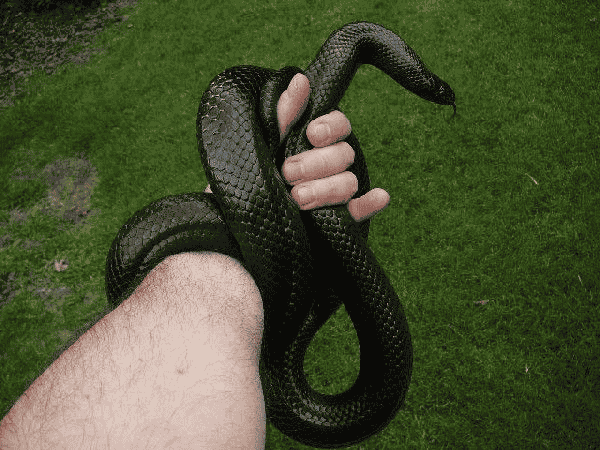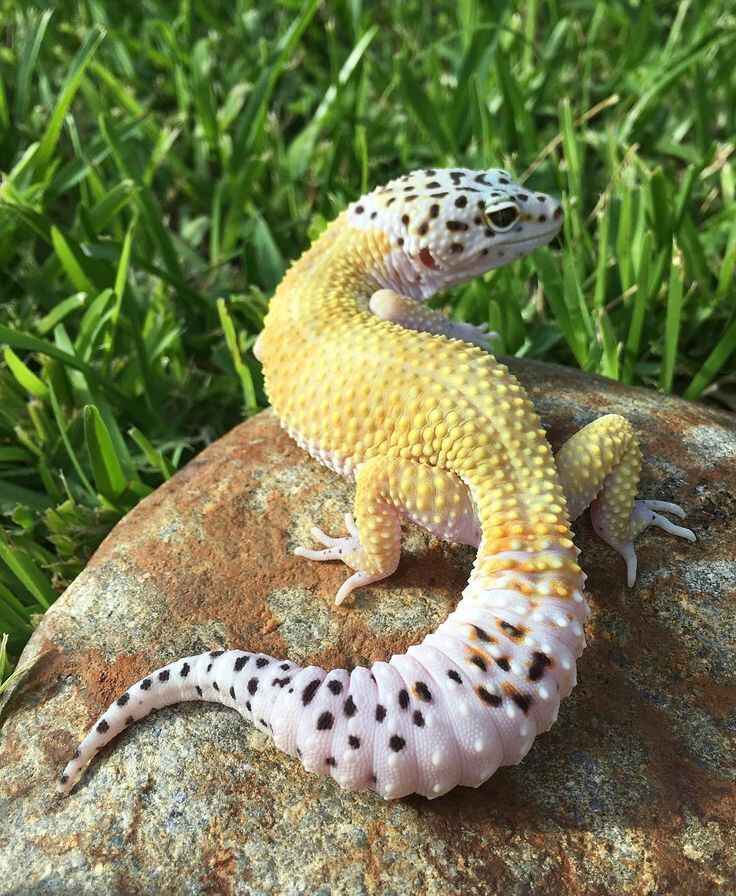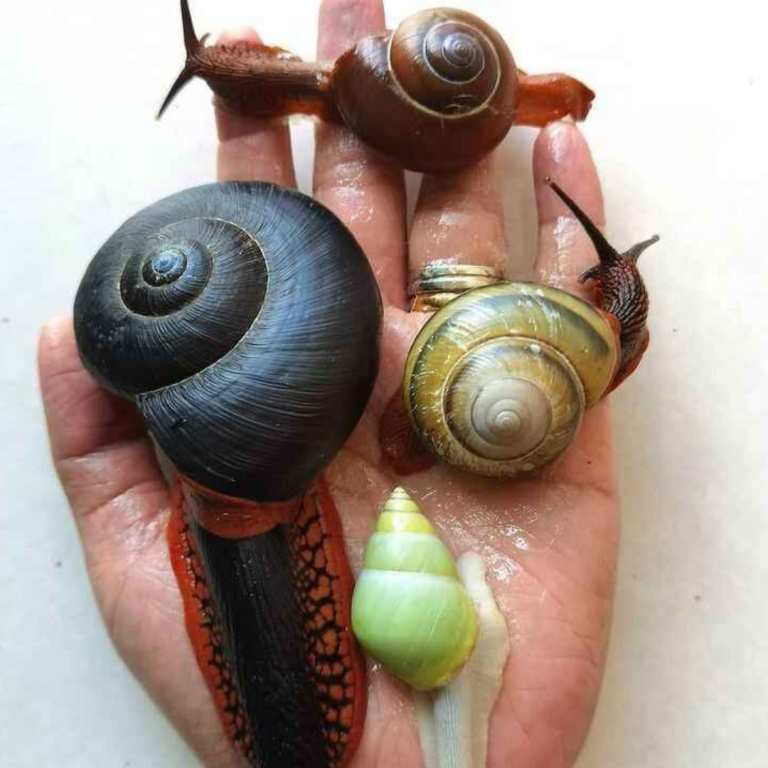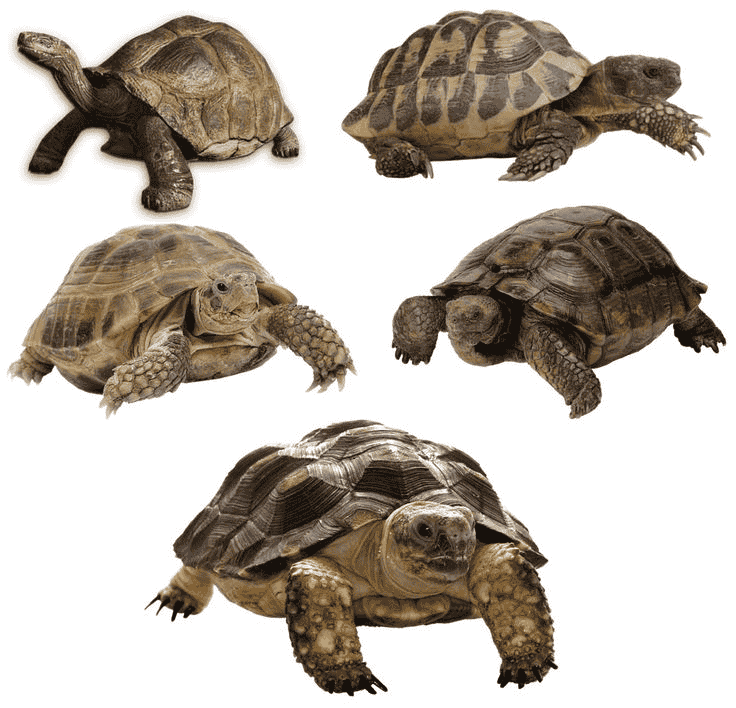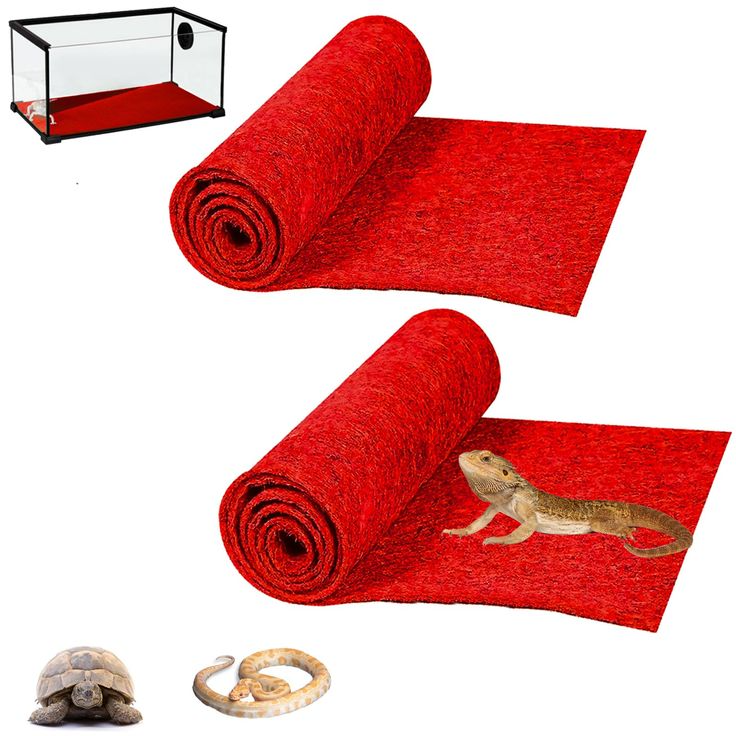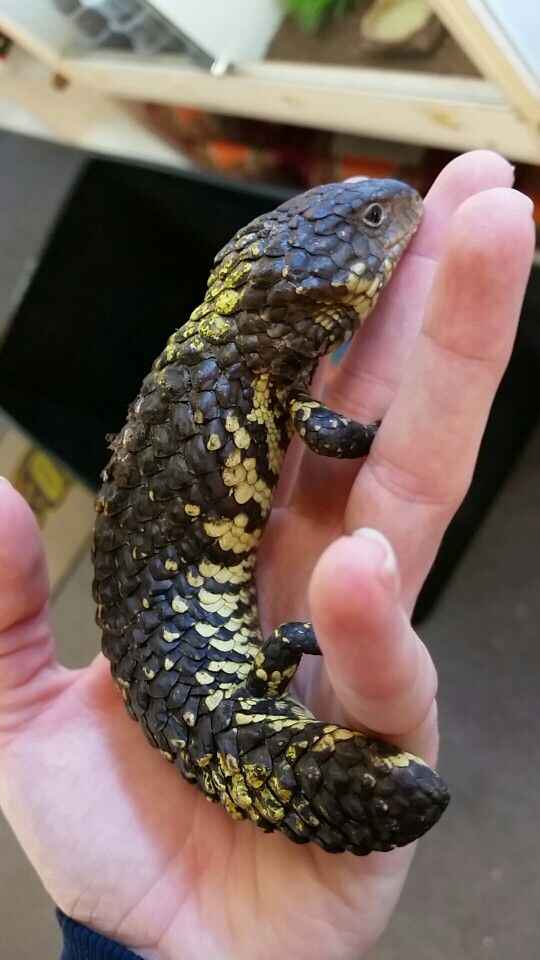Most popular 10+ snake breeds as a pet
Over three thousand snake breeds have been identified worldwide. And as more are found, that figure is constantly updated. For good reason, not all snake species are kept as pets, though.
The Boidae, Pythonidae, and Colubridae families are the most widely kept snake breeds. These snake breeds include the usual snake species that people keep as pets, though you can certainly buy practically any variety at a reptile display or online.
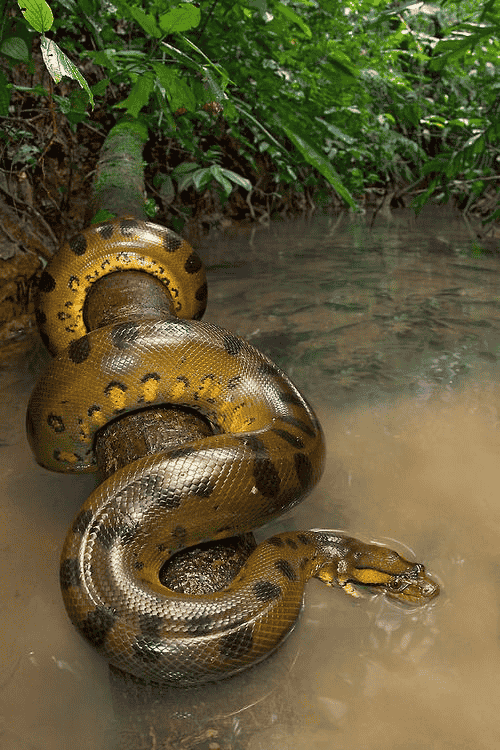
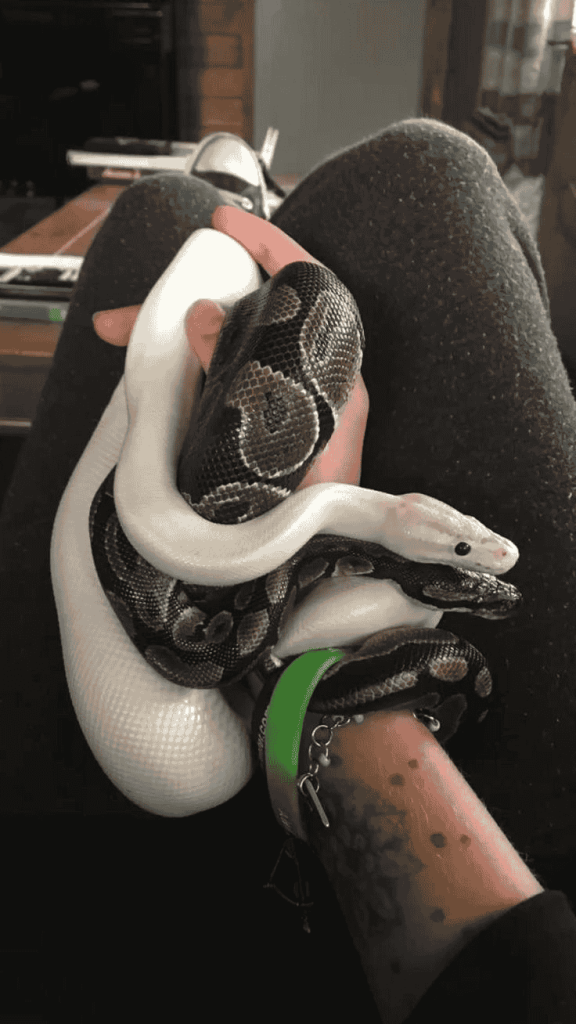

Boidae
Red-tail boa
The red-tail boa, a type of boa constrictor, is frequently encountered in the pet trade. Red-tails snake breeds can grow up to 10 feet long, but they usually don’t. There have been reports of lengths up to fifteen feet. They don’t make suitable pets for people who can’t dedicate themselves to taking care of a snake breeds that consume big rodents or rabbits, especially because they can survive for up to 30 years in captivity.
Their distinctive red tip at the end of their tails serves as a distinguishing characteristic.
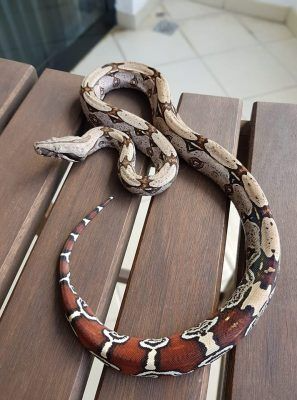
Kaniyan sand Boa
These are unusual burrowing snake breeds that can grow up to be around a foot and a half long. Usually benign, they dig their whole body beneath the sand, leaving only their tiny head visible to pounce on unsuspecting victims. Their designs are golden and brown, and their colors are wonderful.
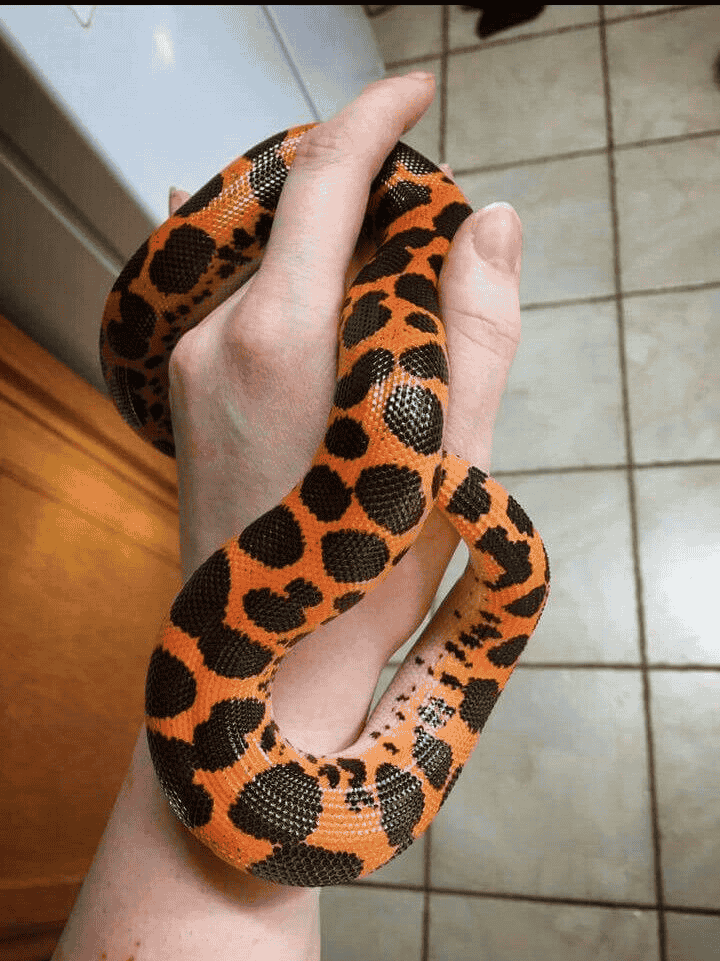
Pythoneidae
Ball Python
Perhaps the most common snake breeds available for pet ownership is the ball Python, a peaceful, well-mannered snake. They can only grow to a maximum length of three to five feet, but in captivity, they can live for up to 35 years. They received their name from the tight ball they wriggle into when they’re scared. These snakes are great as first snake pets because they don’t require much heat or light, but they do have certain requirements to maintain their health.
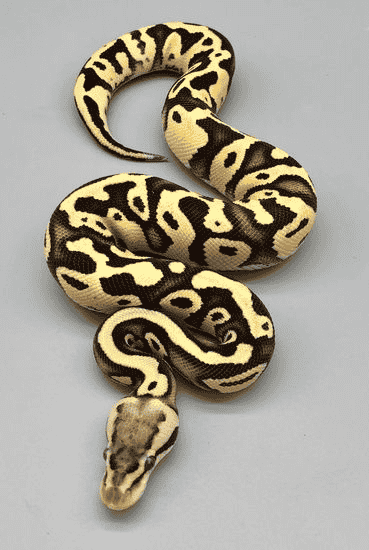
Burmese Python
These gigantic snake breeds are frequently kept as pets by people despite their size. Burmese pythons have a maximum length of 15 to 20 feet, and occasionally even more. Compared to the average ball python, they are usually more active but still relatively calm. These big guys should not be fed by someone who is frightened of dead rats or other larger prey. Due to their enormous length and weight when fully grown, adult snake owners may be a better fit for Burmese pythons.
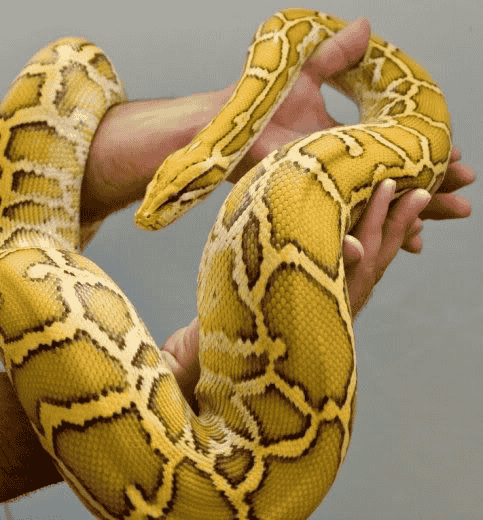
Green tree python
An ordinary snake breeds enclosure is made a little more interesting with arboreal snakes. Curling into a graceful clump and clinging to small tree limbs is a favorite activity of green tree pythons. As adults, they grow to a maximum length of five feet and are frequently mistaken for emerald tree boas due to their striking green color (sometimes dotted with blue or yellow).
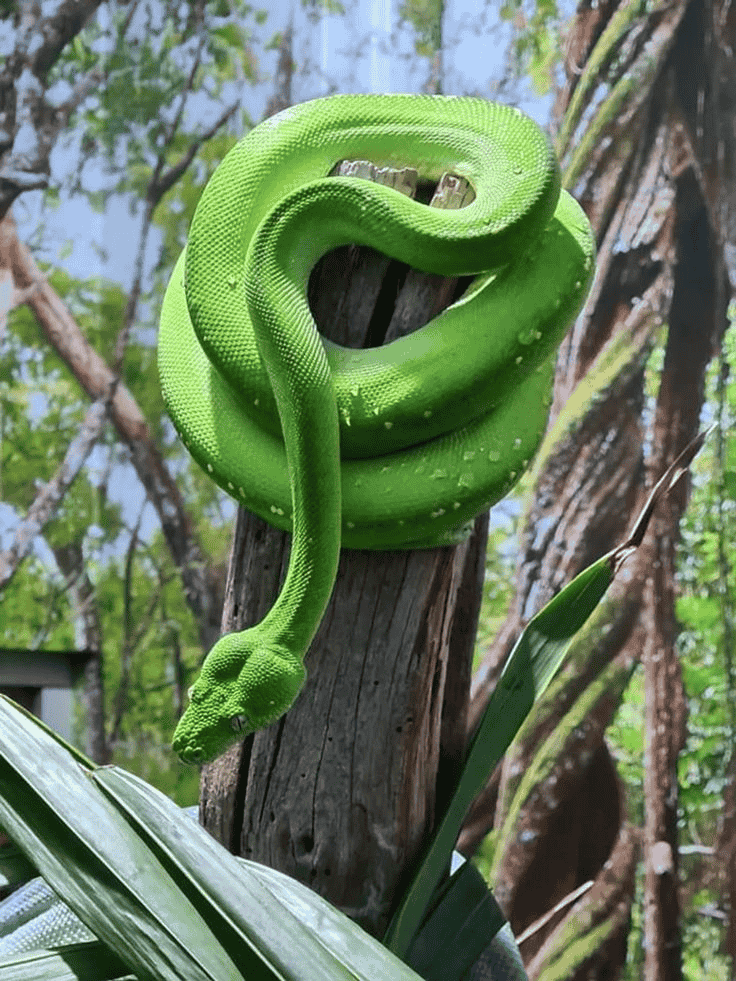
Blood python
The blood python is a handsomely patterned snake breeds, stocky snake that has a reputation for being somewhat irritable. They can reach lengths of six to eight feet and have short tails. The brick-red spots that are frequently seen in their designs are what gave them their name.
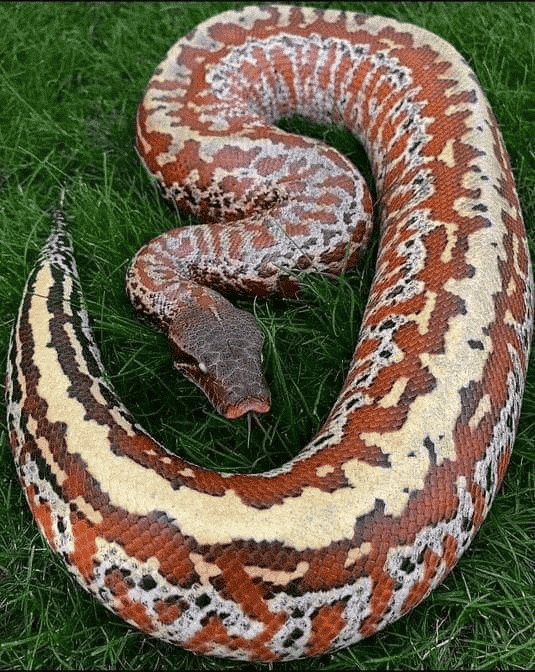
Colubridae
King Snake
King snakes are among the smaller pet snake breeds; they are very similar to milk snakes and reach lengths of 5 to 7 feet. They should definitely be kept alone since, as their name suggests, they will happily consume other snakes. It shouldn’t be hard to find a pet king snake because they are native to North America and breed regularly in captivity.
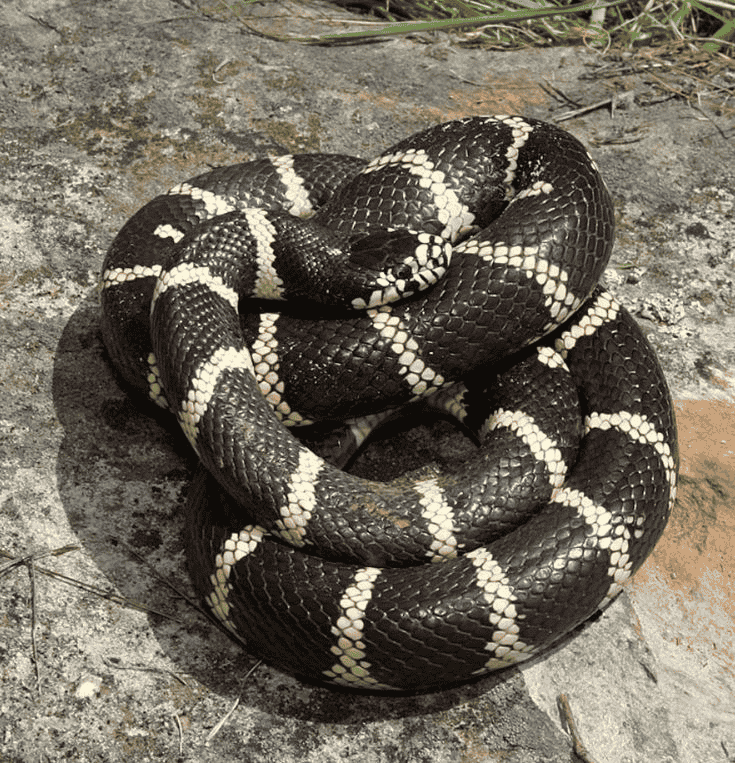
Milk snake
The milk snake breeds, which is actually a species of king snake, is mostly found in the pet trade and exhibits Batesian mimicry, which is the ability to precisely replicate the color patterns of a deadly coral snake. Regarding the band patterns on coral and milk snake breeds, the proverb “Red on yellow will kill a fellow, but red on black is a friend of Jack” is used. Red bands are seen next to yellow bands on coral snakes, and red bands are found next to black bands on milk snakes.

Black Rat Snake
The rat snake breeds, who may have a more unassuming appearance, more than makes up for it with his athletic prowess. This snake breeds is energetic, having the ability to swim and climb trees. When disturbed or scared, they would contort their bodies to mimic snake shape and even shake the tips of their tails. Rat snakes are native to the central and eastern United States, where they restrict their prey before eating it.
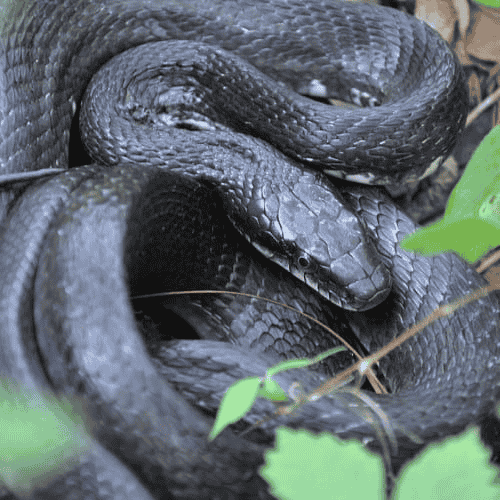
Corn snake
The corn snake breeds, a kind of rat snake, is a favorite among expert keepers for its varied color patterns and is a popular choice for beginners owing to its modest size. Like many other snakes, corn snakes have a maximum length of approximately 5 feet and are skilled escape artists. They are generally harmless snakes that are not known to bite.
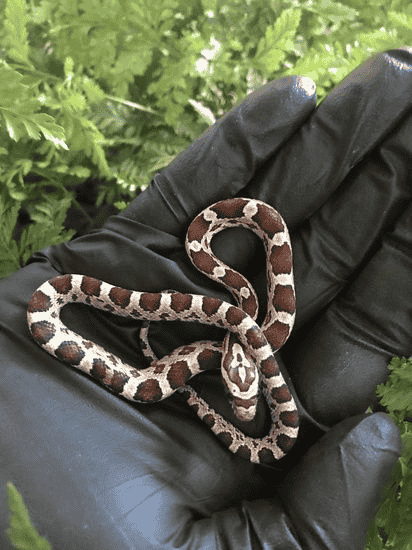
How often should I feed my snake?
The age, size, and activity level of your snake will determine how frequently you feed it. Larger, more adult snakes normally eat once per week or two, while smaller or younger snakes frequently eat twice a week. When breeding season approaches, female snakes can be fed more regularly. You can get more detailed feeding suggestions from your veterinarian based on the needs of your particular snake.
The way your pet reacts when you provide food to them can tell you how often they need to eat. They were famished and in need of food if they ate. They are probably not hungry and did not require feeding if they do not consume it right away.
Even if you are feeding live prey, never leave a prey item in the cage for longer than two hours. Rats will often begin to bite the snake if they are not eaten within a few hours. These situations may lead to severe, even deadly injuries. Bite wounds should be treated as soon as possible by an animal physician since larger bite wounds and puncture marks can result in extremely dangerous infections.
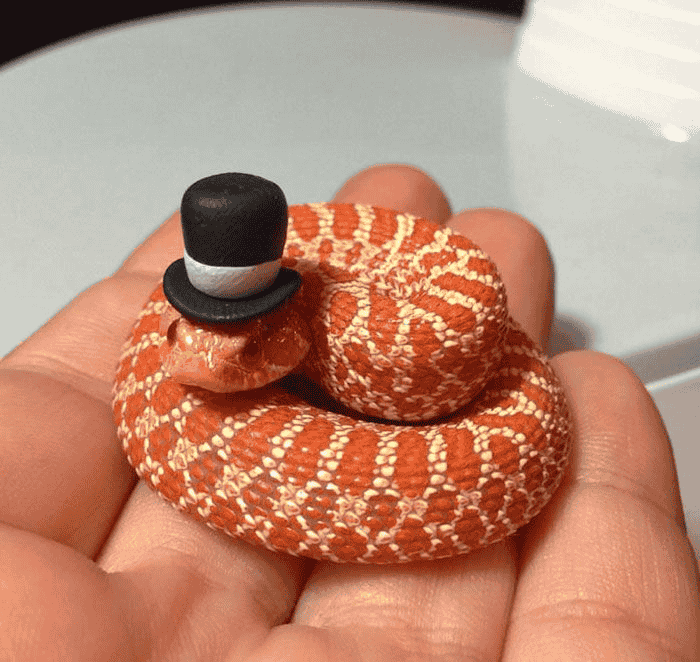
Does my snake need to be given vitamins?
Pet snakes typically don’t require vitamin supplements. Ensuring the health and well-being of your snake’s prey is crucial. Unhealthy prey selections could be home to intestinal parasites or dangerous pathogens. Because of this, some snake owners—particularly collectors—raise rodents on their own to feed to their snakes.
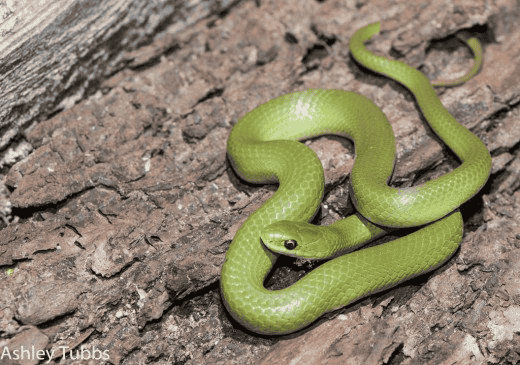
What about water?
There should always be access to fresh, clean water in a sizable, heavy porcelain bowl or crock that is difficult to spill. Appropriate humidity levels in the tank are essential for the snake’s optimal shedding and hydration, and a large dish could help maintain these levels. It should be possible for some snakes to periodically soak in their water dish, thus it needs to be big enough. Since many snakes excrete in their water bowls, it’s a good idea to cleanse, sanitize, and rinse the bowl daily in addition to changing the water frequently.
